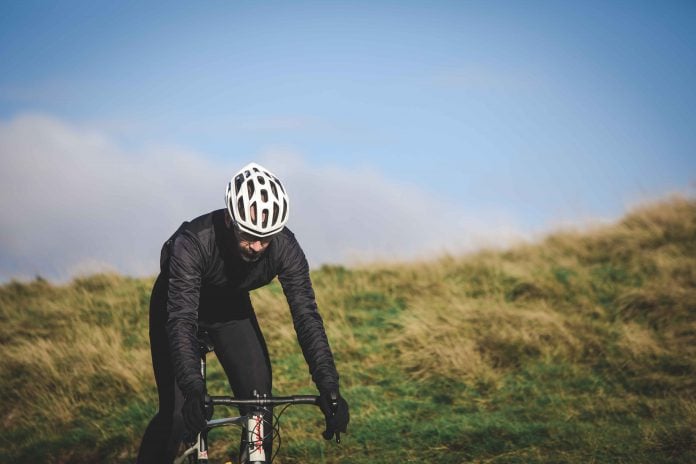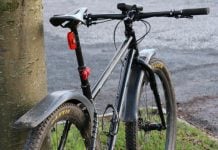It’s coming to that time of year. Christmas has passed and we’re all starting to turn half an eye to the summer. If you’re looking to burn a bit of extra fat from the Christmas period we’ve listed a few of the best ways to do this. Cycling is great for weight loss though making you lose it slowly and keep plenty of energy up for performance will be much better for your health.
By optimizing your body’s fuel systems, you can encourage your body to burn fat as fuel more often. This can come from fine tuning nutrition and training at different intensities. We all know to lose weight you have to be burning more calories than you’re taking on. Encouraging your body to burn fat faster is simply increasing the speed your body uses it’s internal fuel sources. Though it’s not quite as simple as that.
— CALORIES BURNED CYCLING – THE NEED TO KNOW —
Although your body can burn carbohydrate, fat or protein whilst training, the majority of what you use is carbohydrate and fats. Though protein certainly has it’s place in your diet and can help with weight loss, so don’t neglect it.
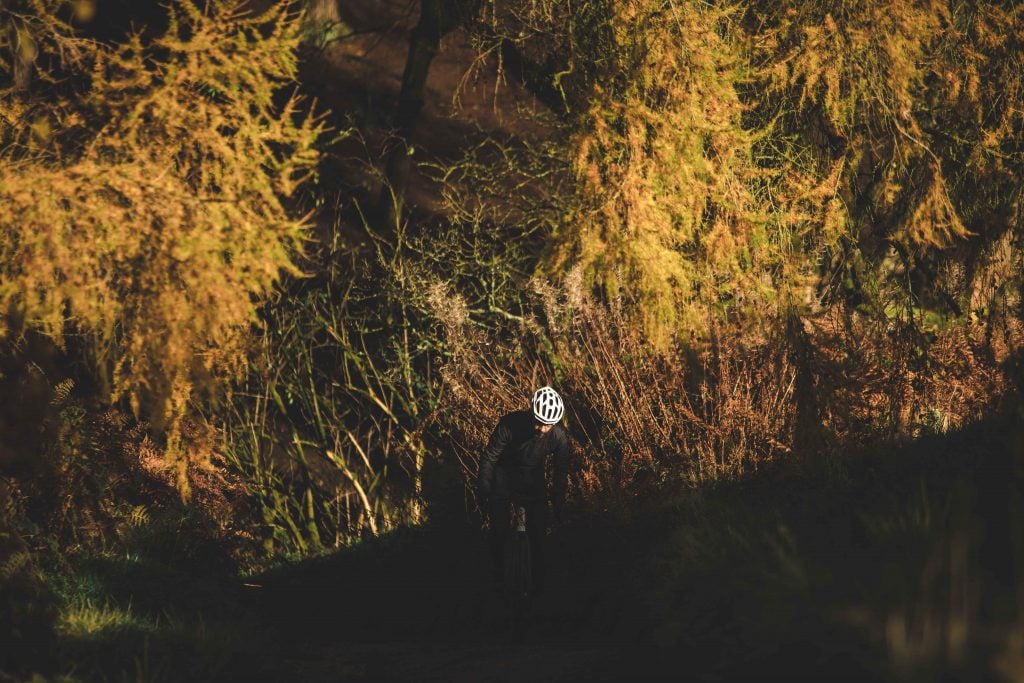
Fast To Burn Fat.
Fasted training is a great tool and is becoming increasingly popular in the performance world. If you haven’t eaten carbs for a period of time then your blood sugar will be reduced. The glycogen that is usually held in your liver will also have been reduced. That means that fat will become the main fuel source and also enhance the effects of endurance training.
Though don’t train too much without your morning meal. Once or twice a week is plenty to encourage your body to use the fat stores instead of the carbs you’ve just taken on. Anything up to 90 minutes is fine, but anything more and you’ll need to eat before you go. You also need carbs to fuel the brain, so if you’re riding a busy route bear in mind you’ll have to pay extra attention.
Though some people feel fine on an empty stomach, you’re starving your body of key nutrition it needs for performance. You’ll be operating below what you’re truly capable of.
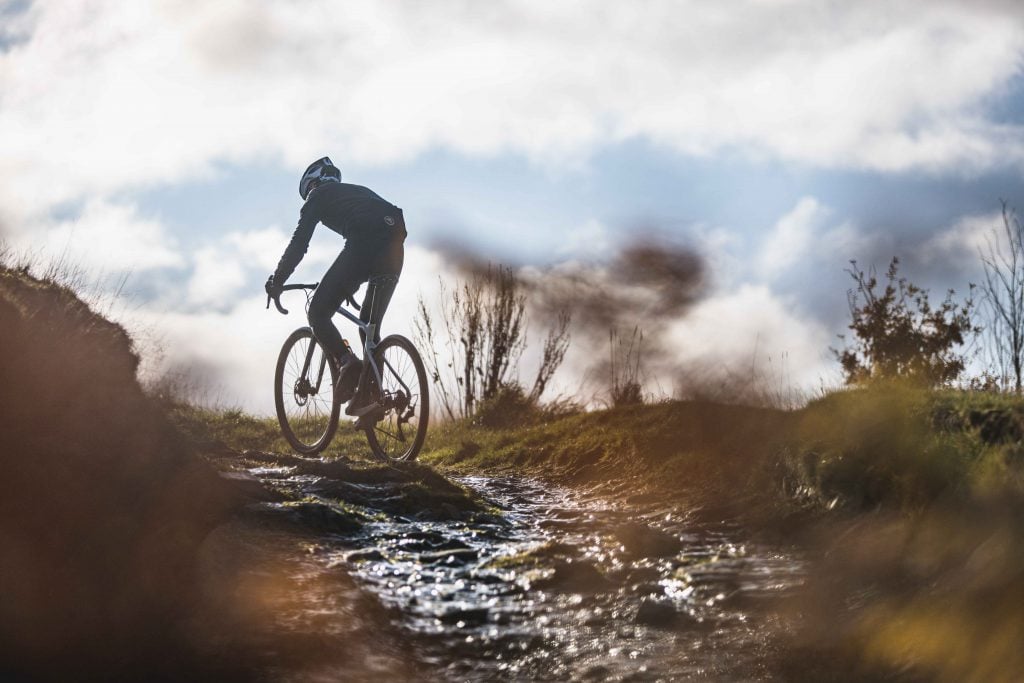
Boost Your Resting Metabolism.
By boosting your resting metabolism your body will burn more fat when you’re not actually exercising. Free weight loss! It’s not that difficult to do. It’s a combination of aerobic training, resistance work and good nutrition.
— HOW TO LOSE WEIGHT CYCLING —
Pushing hard intervals in training, even for short periods of time, will help you to burn fat long after you’re finished. So if you can only fit in 30 minutes of training, don’t panic. Get your heart rate raised and make sure you don’t consume too many excess calories through the day. Good nutrition will really help you feel energized for training and encourage the weight loss to continue.

Use Your Zones.
Using a heart rate monitor can provide you with the right zones while you continue to lose weight cycling. You might have to do a maximum heart rate test or push yourself as hard as you can to figure out where the limits are, but after this you’ll be able to work out what zones you should be in.
— USING CAFFEINE TO BOOST CYCLING PERFORMANCE —
A few scientific studies imply that zone 2 is the best for burning fat. Between 68 and 80% of your maximum heart rate is where your fat metabolism is maximized. You can track this through a heart rate monitor paired with a bike computer. After this you can analyze the data with free software such as Garmin and Strava.
If you don’t have any of this equipment then don’t panic. If you aim for a tempo that leaves you out of breath and working hard but still able to talk to your riding partner, then you’ll be on the right lines. You should only be able to hold this pace for up to an hour but it will really help with fat loss.
If you’re training for over two hours fat then provides over 70% of the total energy. This increases again after 3 hours. Though the body needs to be encouraged to burn fat in every session, not just certain ones.
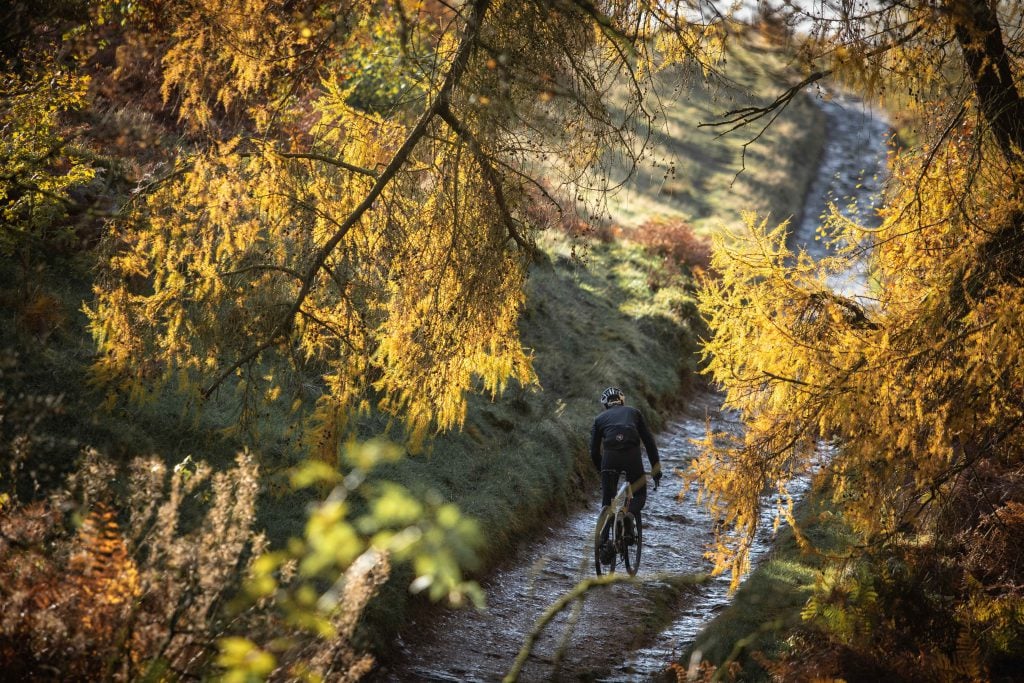
Go Hard.
It’s possible to combine hard training & fat burning with good planning. It’s not a secret that hard intervals have a heavier calorie cost, as you’re working a lot harder than normal. Intervals can raise your metabolism for longer after the session meaning you’re burning fat even when you’re resting later in the day.
You’ll have to replace some of the calories you’re burning and make sure you’re getting enough fuel in so you don’t “bonk”. But if you get it right you shouldn’t be too hungry after training. Hitting hard intervals in a depleted state can send your body into starvation mode and cause you to binge after the session. This will all be stored as fat as your body doesn’t think it’s getting enough fuel.
— HOW TO TALK CYCLIST – ROAD CYCLING —

Go Long.
Unlike carbohydrate, fat burns slowly. It requires a lot of oxygen to convert it into energy so it comes into it’s own on long distance rides. Though this will make you a lot hungrier after the ride, whereas intensity riding can help to suppress the appetite.
Converting fat to fuel takes longer than carbs, and you don’t want to be under fuelling your long rides. If you want to increase the intensity of the ride you’ll have to make sure you’ve taken on enough carbs to fuel your glycogen stores. Often you can delay the intake of carbs to encourage your body to burn more fat before increasing the intensity and carb intake.

